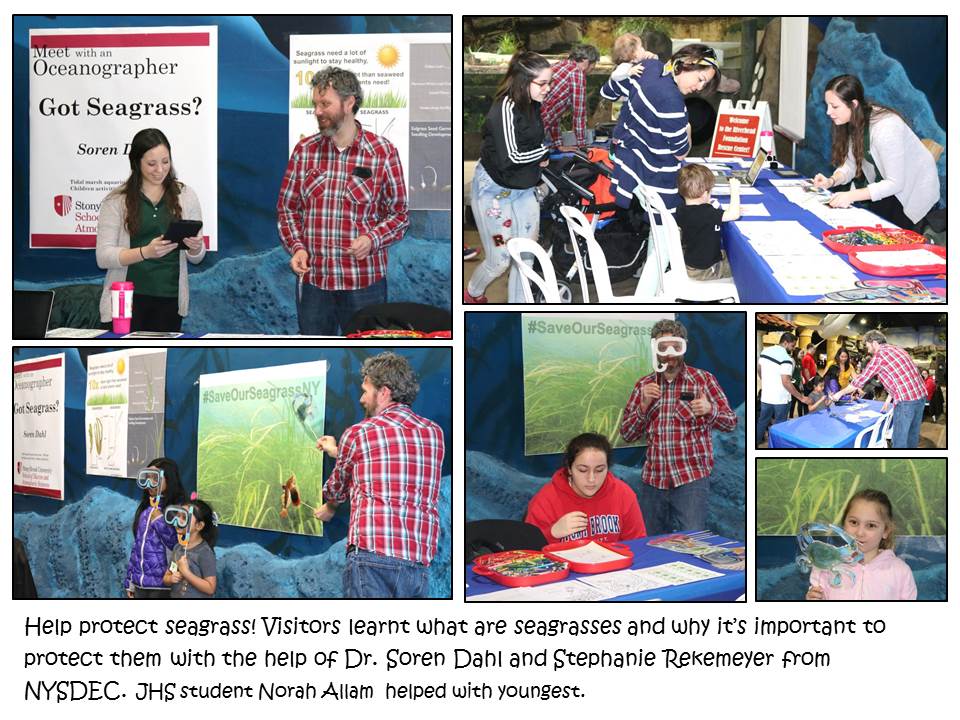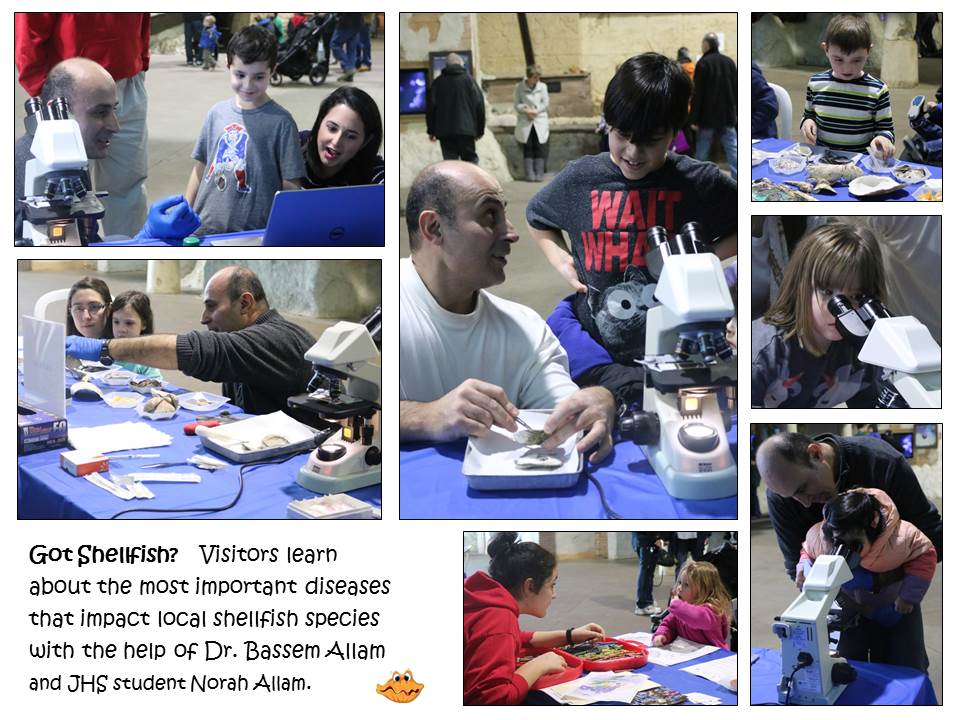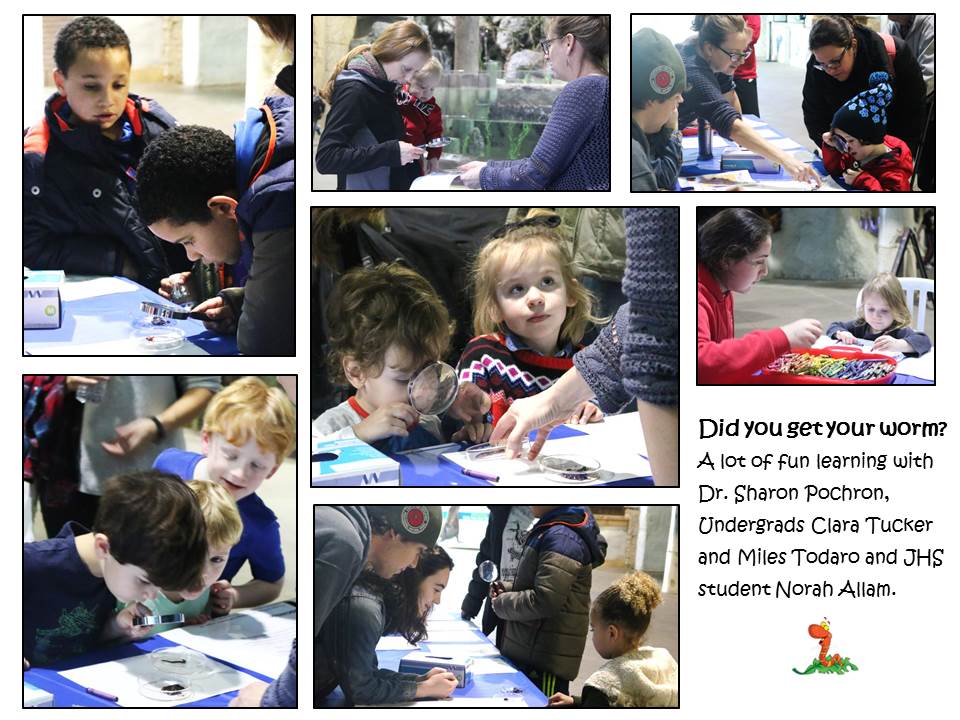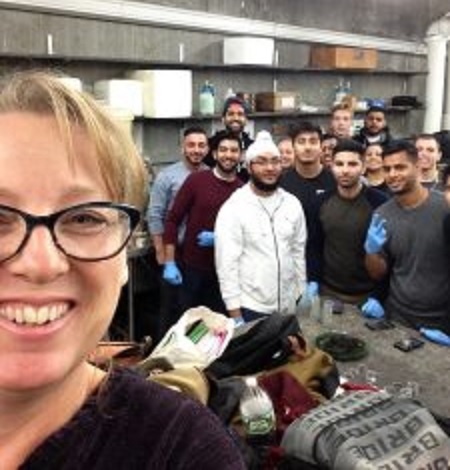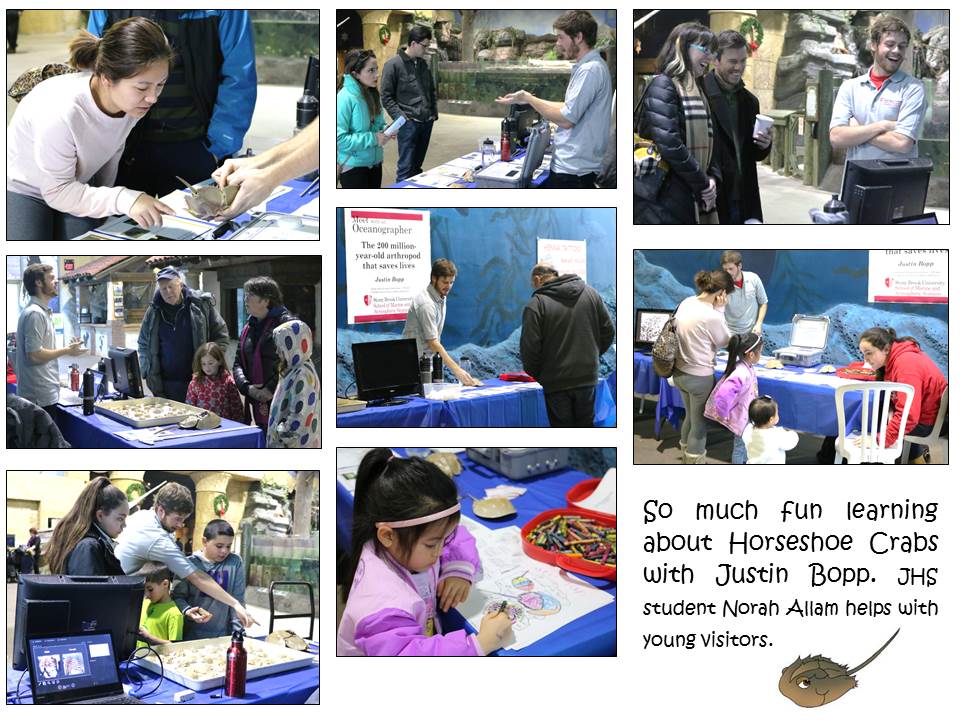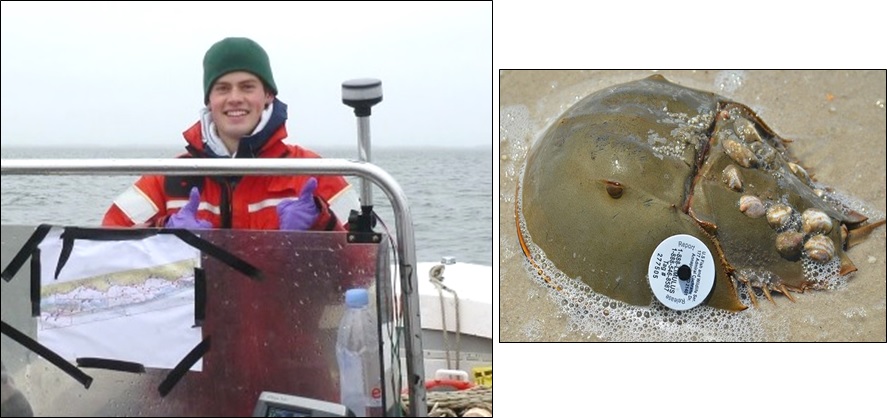Mai 19, 2018 – Worms’ World: nutrient cycling in marine muds.
Robert Aller, Stony Brook University.
Most gardeners know that earthworms and beneficial insects are critically important for a fertile soil and healthy crops. Far fewer people appreciate that worms, clams, and other mud-dwelling animals play a similar role for coastal marine ecosystems. Along with a local Scientist, we will examine how animals living in muds promote nutrient recycling, fertilize phytoplankton, and clean-up coastal waters.
 Photo credit : Original photo taken by Nick Veitch on Ballyholme Beach, Bangor, Co.Down, N.Ireland.
Photo credit : Original photo taken by Nick Veitch on Ballyholme Beach, Bangor, Co.Down, N.Ireland.
